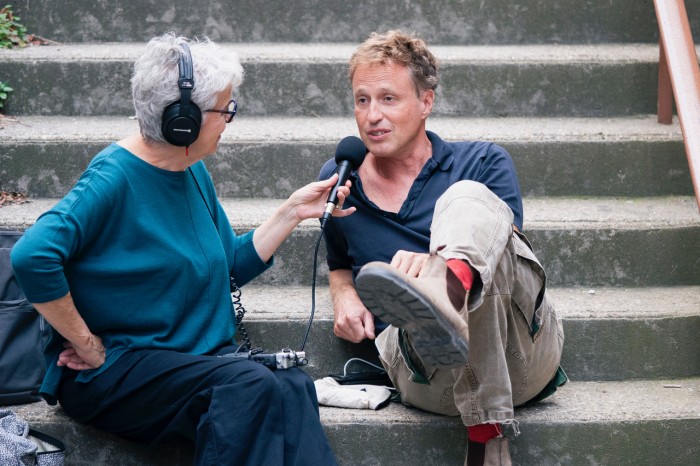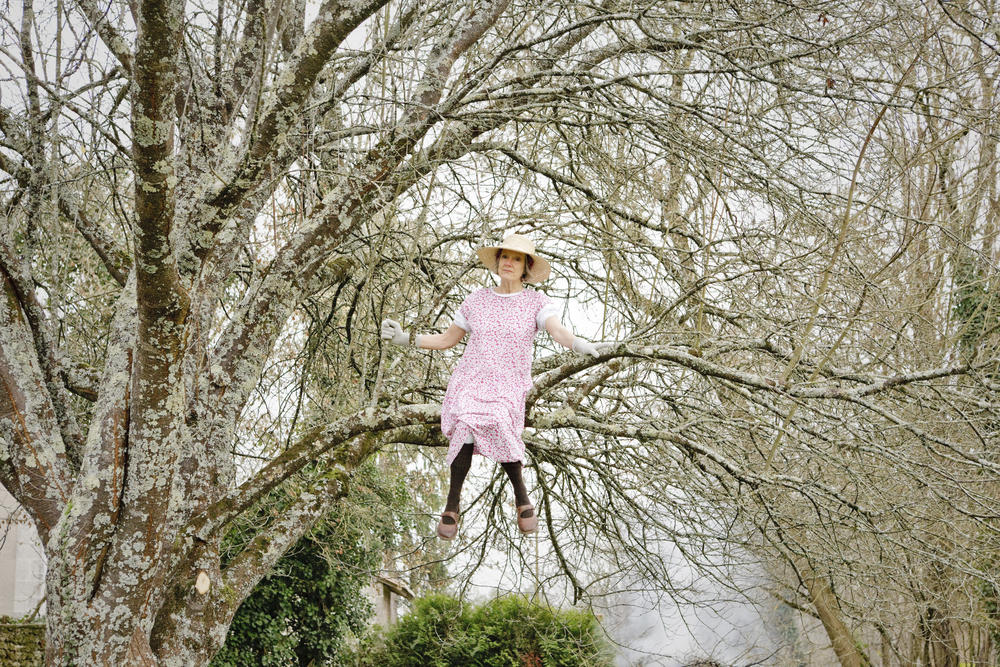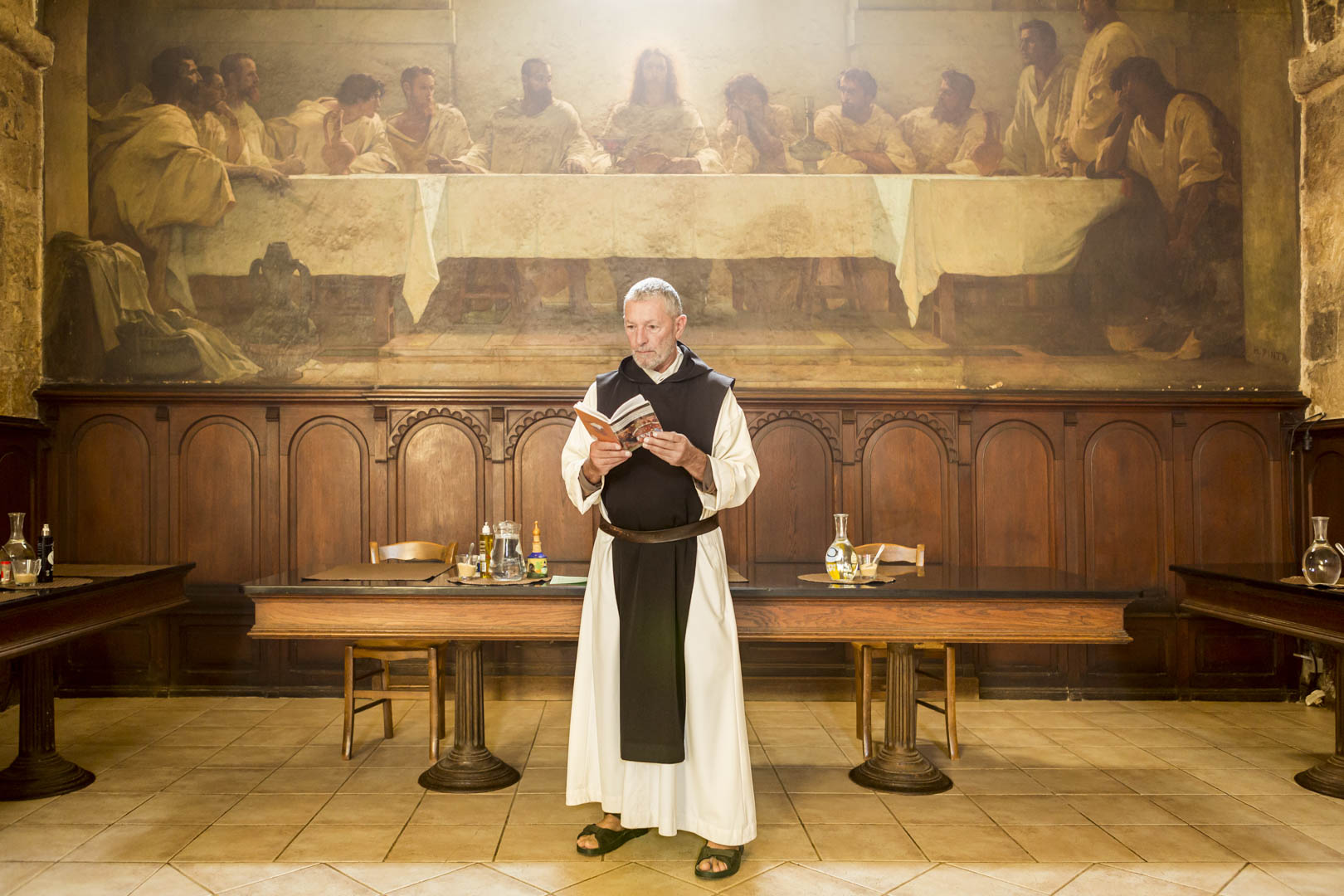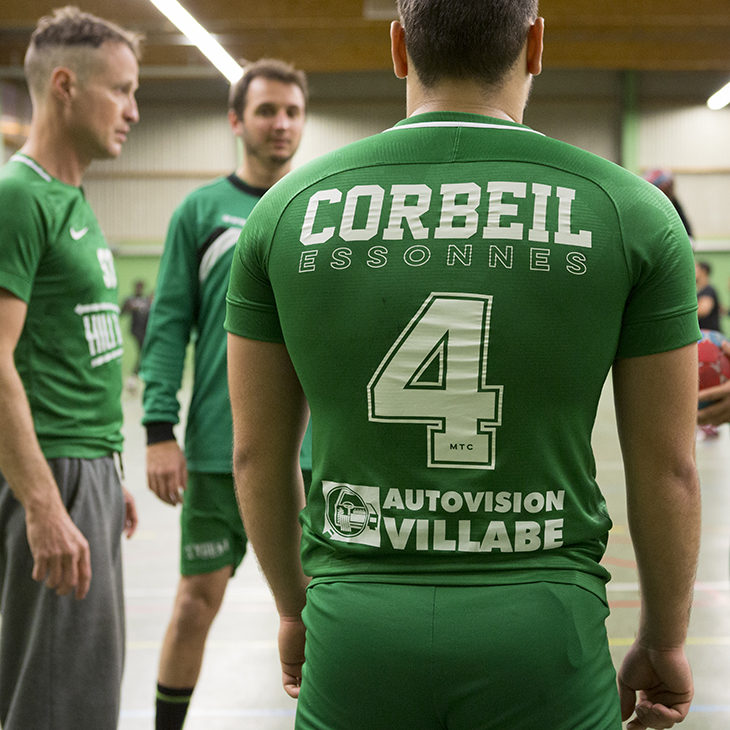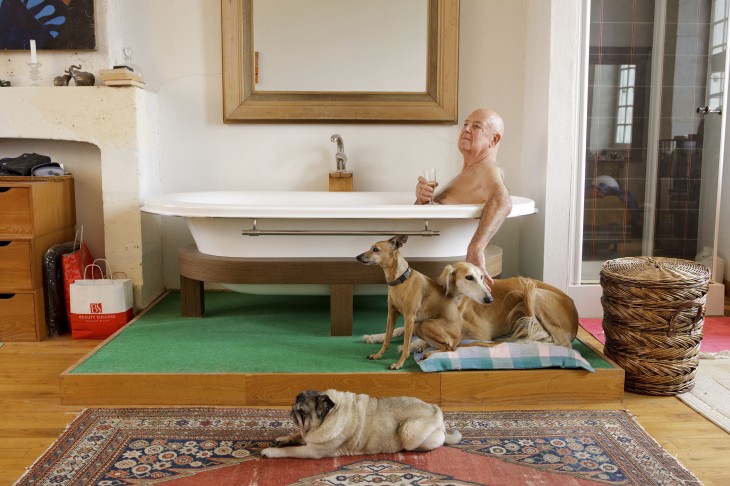 https://agencevu.com/wp-content/uploads/2023/05/00_HOPK25363-2022CL104-PREVIEW.jpg
290
435
Archives
/wp-content/uploads/2021/05/logo-vert-2.svg
Archives2023-05-30 17:17:472023-05-30 17:29:08Guardians, 2023
https://agencevu.com/wp-content/uploads/2023/05/00_HOPK25363-2022CL104-PREVIEW.jpg
290
435
Archives
/wp-content/uploads/2021/05/logo-vert-2.svg
Archives2023-05-30 17:17:472023-05-30 17:29:08Guardians, 2023Rip
Rip Hopkins
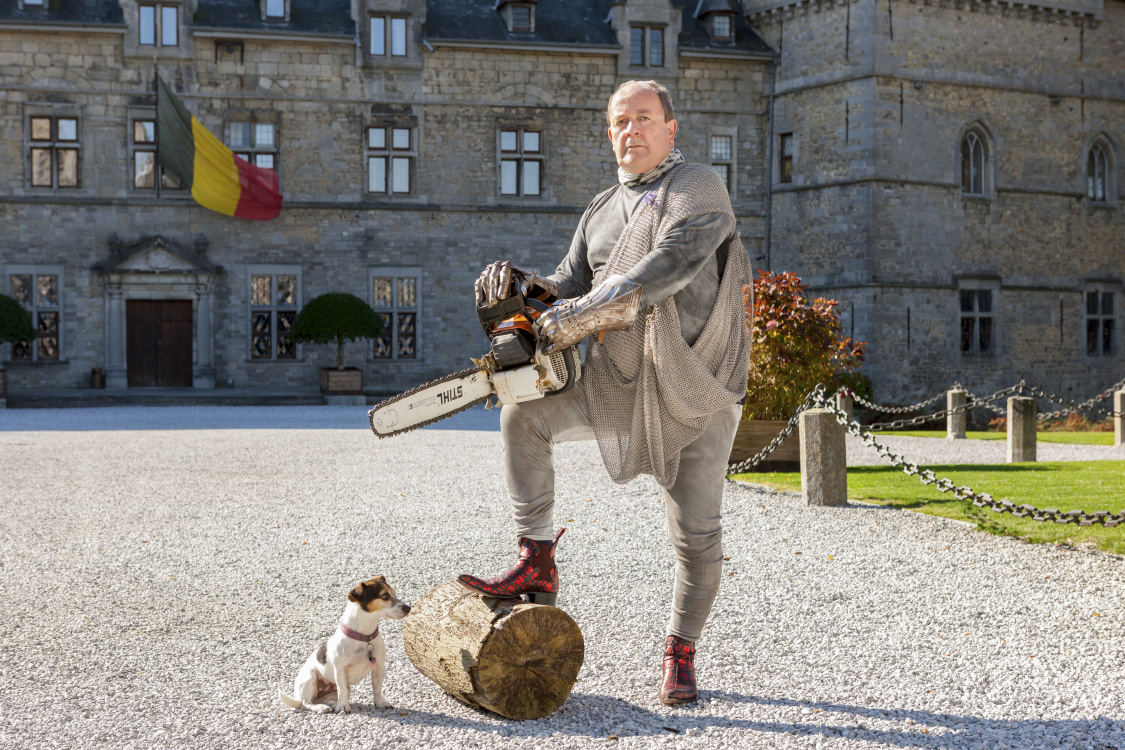
biographY

Rip Hopkins is a British photographer and has been a member of Agence VU’ since 1996. He is based in Brussels (Belgium).
A graduate of the École Nationale Supérieure de Création Industrielle (ENSCI) in Paris, Rip Hopkins began his career as a photographer in collaboration with Médecins Sans Frontières. For almost 10 years, his photographs – on the edge of documentary and reporting – gave voice to the world’s most endangered populations. At the same time, he carried out some more personal documentary projects, in particular on the gypsies in Europe, in Uzbekistan and in Tajikistan.
Driven by multiple ambitions, Rip Hopkins seeks new spaces of expression, first in France, then in Belgium. From seemingly banal subjects, he extracts an infinite number of photographic possibilities and incongruities with humour, off-beatness and poetry. Beyond social representation, his visual investigations are structured by a dramatic tension close to the absurd. In the background, his dramatizations disrupt all forms of propriety, to enter a subtle in-betweenness: between misbehaviour and mirth. Detached, even high up in these complex settings, the human being – both in front of and behind the lens – collides with a profound self-deprecation.
Rip Hopkins offers mischievous and playful portraits of the descendants of the beheaded of the French Revolution (“La Révolution en héritage”), of the Mansonians and their particular link to the horse (“Chevaleresque”), of the British settled in the Perigord (“Another Country”), of the contemporary Belgian aristocracy (“Belgian Blue Blood”). He also documents the Canadian identity (“Canada Canada” at the invitation of the French Embassy and on the occasion of the 150th anniversary of the confederation), the “Guardians” in the Alpes-Maritimes and all the professions linked to the ostrich feather on three continents (South Africa, United States, France, Belgium and Italy).
From the representation of his work in a dozen monographs, to the regular exhibition of his work on the international stage, Hopkins is part of prestigious public and private collections. These include the Guerlain Foundation (France), the HSBC Foundation (France), LaSalle Bank (USA), the Musée de lʼElysée (Lausanne), the Musée dʼ Orsay (Paris), the Centre Pompidou (Paris), the Centre National dʼ audiovisuel (Luxembourg), the FRAC Ile de France and the Fonds national dʼart contemporain (France), etc. His work has also been rewarded with renowned distinctions: Ilford Prize, Kodak Prize for Young Photoreporters, HSBC Prize, Bourse Fiacre, Prix Scam, etc. He is represented by Le Réverbère (Lyon) Gallery and by LT2.
SEries
 https://agencevu.com/wp-content/uploads/2023/05/00_HOPK25363-2022CL104-PREVIEW.jpg
290
435
Archives
/wp-content/uploads/2021/05/logo-vert-2.svg
Archives2023-05-30 17:17:472023-05-30 17:29:08Guardians, 2023
https://agencevu.com/wp-content/uploads/2023/05/00_HOPK25363-2022CL104-PREVIEW.jpg
290
435
Archives
/wp-content/uploads/2021/05/logo-vert-2.svg
Archives2023-05-30 17:17:472023-05-30 17:29:08Guardians, 2023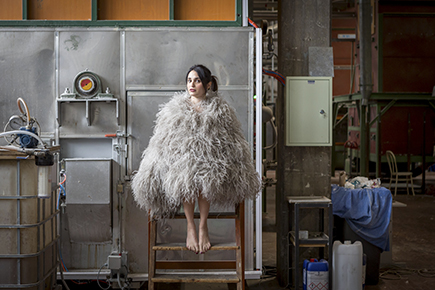
The world of feathers, 2022
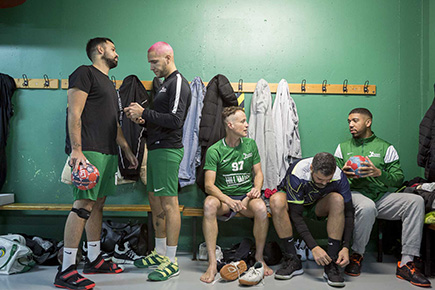
Odyssey, 2022
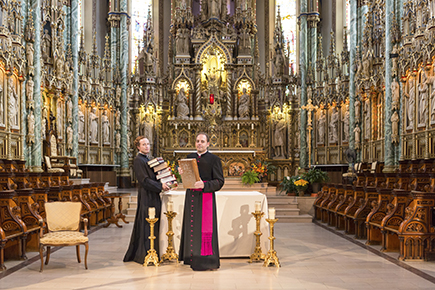
Canada Canada, 2017
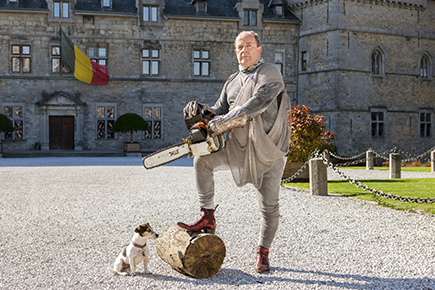
Belgian Blue Blood, 2016
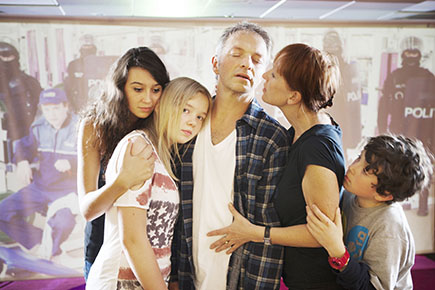
Portraits de Familles (Fnac Studio), 2012

Horsey Horsey, 2012
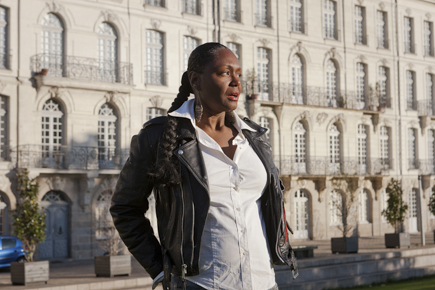
Extra-ordinary, 2012
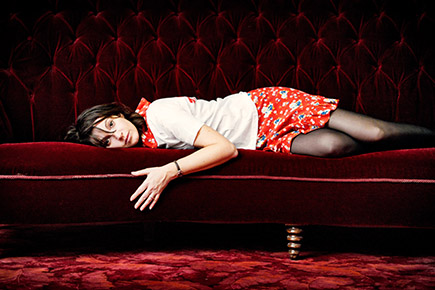
Sept fois à terre, huit fois debout, 2011
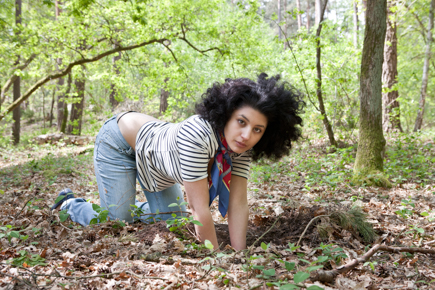
An age of iron and concrete, 2010
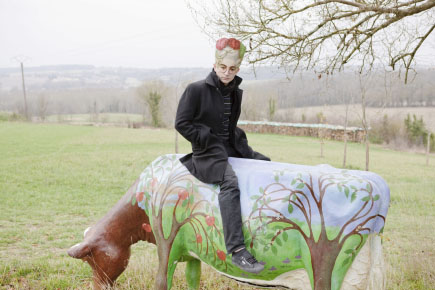
Another Country – the British in France, 2010

The Revolution as a Legacy, 2009

Mode, 2009
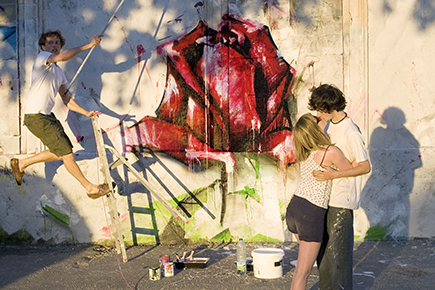
Rip la France, 2008
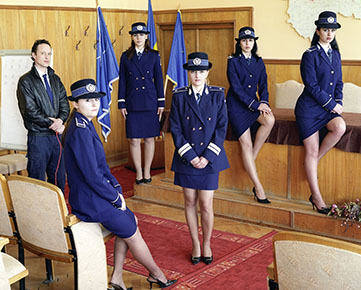
Romanian Rip (Timisoara), 2008

Cooking Alchemists, 2007
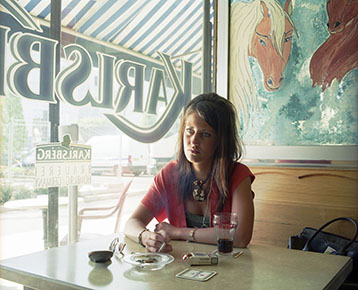
Succeed or Die, 2007
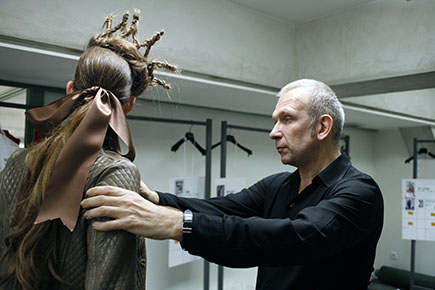
Haute Couture, 2007

Muses d’Orsay, 2006

Too Late!, 2006
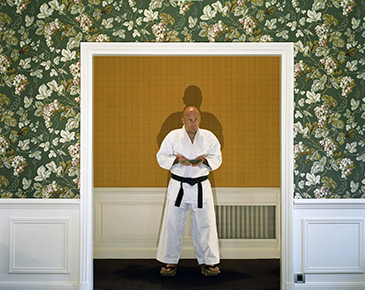
Essays, 2005
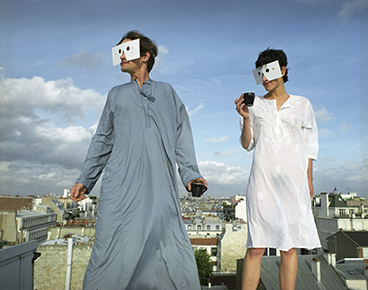
Anonymous Paris, 2005

Bukhara Babe, 2004

Rigas Circus, 2003
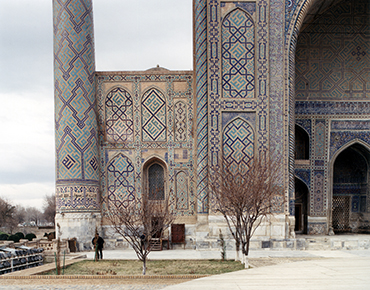
Otkritki, 2003
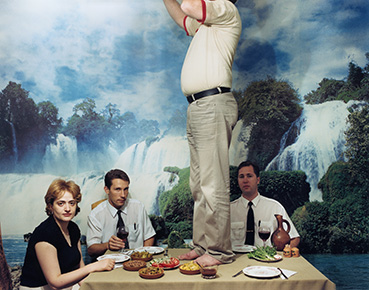
Home & Away, Uzbekistan, 2002
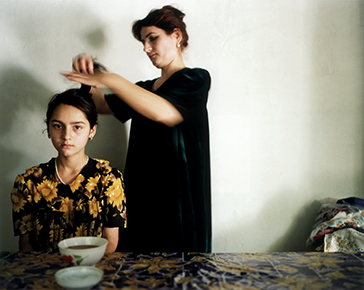
Tadjikistan, tissage, 2001
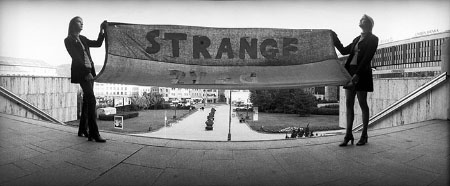
Strange Days, Czech Republic, 2000
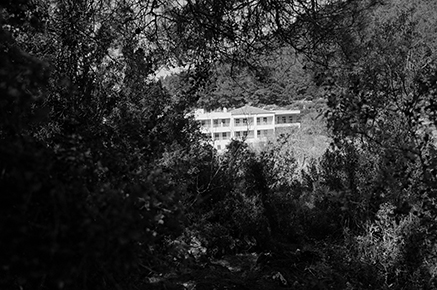
Bishop’s Madness, 1999

Outlaws, 1999
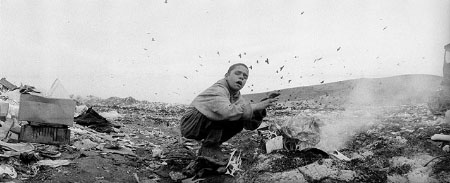
Dallas (Romania), 1998
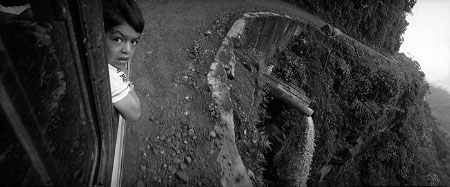
Amazon Burning, 1997

After Paradise, 1997
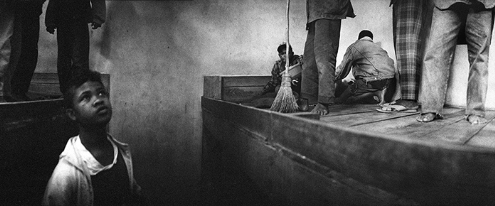
500 coups, 1996
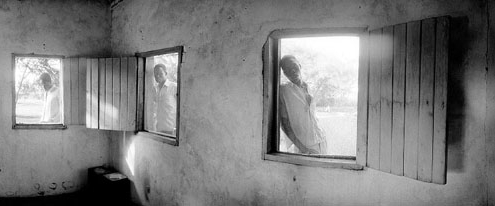
Nimulé, 1995

Guardians, 2023

The world of feathers, 2022

Odyssey, 2022

Canada Canada, 2017

Belgian Blue Blood, 2016

Portraits de Familles (Fnac Studio), 2012

Horsey Horsey, 2012

Extra-ordinary, 2012

Sept fois à terre, huit fois debout, 2011

An age of iron and concrete, 2010

Another Country – the British in France, 2010

The Revolution as a Legacy, 2009

Mode, 2009

Rip la France, 2008

Romanian Rip (Timisoara), 2008

Cooking Alchemists, 2007

Succeed or Die, 2007

Haute Couture, 2007

Muses d’Orsay, 2006

Too Late!, 2006

Essays, 2005

Anonymous Paris, 2005

Bukhara Babe, 2004

Rigas Circus, 2003

Otkritki, 2003

Home & Away, Uzbekistan, 2002

Tadjikistan, tissage, 2001

Strange Days, Czech Republic, 2000

Bishop’s Madness, 1999

Outlaws, 1999

Dallas (Romania), 1998

Amazon Burning, 1997

After Paradise, 1997

500 coups, 1996

Nimulé, 1995

Guardians, 2023

The world of feathers, 2022

Odyssey, 2022

Canada Canada, 2017

Belgian Blue Blood, 2016

Portraits de Familles (Fnac Studio), 2012

Horsey Horsey, 2012

Extra-ordinary, 2012

Sept fois à terre, huit fois debout, 2011

An age of iron and concrete, 2010

Another Country – the British in France, 2010

The Revolution as a Legacy, 2009

Mode, 2009

Rip la France, 2008

Romanian Rip (Timisoara), 2008

Cooking Alchemists, 2007

Succeed or Die, 2007

Haute Couture, 2007

Muses d’Orsay, 2006

Too Late!, 2006

Essays, 2005

Anonymous Paris, 2005

Bukhara Babe, 2004

Rigas Circus, 2003

Otkritki, 2003

Home & Away, Uzbekistan, 2002

Tadjikistan, tissage, 2001

Strange Days, Czech Republic, 2000

Bishop’s Madness, 1999

Outlaws, 1999

Dallas (Romania), 1998

Amazon Burning, 1997
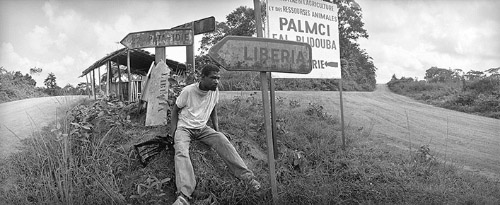
After Paradise, 1997
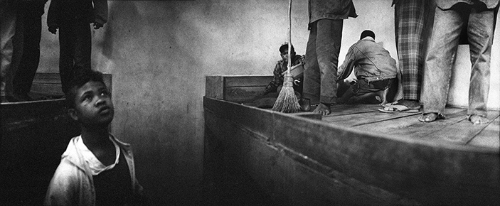
500 coups, 1996
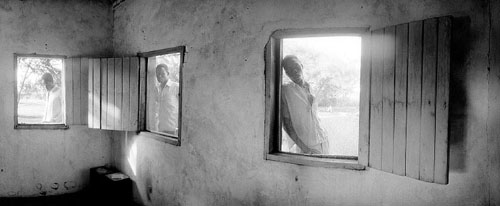
Nimulé, 1995
video
Meet Me at The Gare, 2006
–
« VUʼ à Paris » is a collective project of a contemporary glance of VUʼ Photographers inviting to a new perception of todayʼs Paris. This vision is an opportunity to highlight the details of a modern city, unique, cosmopilite with an international dimension.
The directors of La Fémis complete these photographic points of view, and offer us an original perception of the photographer and his approach, sometimes piercing some of his mysteries.
Film directed by Stéphanie Fortunato (© Agence Vu & La Fémis)
Short film made as part of the VU’ project in Paris
Interviews
Sur le Vif
Brigitte Patient
—
‘If you listen to him, you’ll learn that he’s ‘cheap’, that he lives between Belgium and Greece, on the island of Lesbos, and that he’s had a loving relationship with his gallery owners for 20 years: Catherine Dérioz and Jacques Damez’.
Image : © Alice Creux
Regardez voir
France Inter
—
Interview by Brigitte Patient, 2018
France inter welcomes the photographer Rip Hopkins in the show Regarder Voir. Portrait of a photographer with such a singular sense of humour.
Interview de Rip Hopkins – Expostion photographique
Abbaye Royale de l’Épau
—
2018
Interview conducted on the occasion of his exhibition “Belgian Blue Blood” at the Royal Abbey of Epau. Rip Hopkins then goes back over the reasons that pushed him to work on the Belgian aristocracy.
Le Fnac Studio de Rip Hopkins
La Fnac
—
Interview by la Fnac, 2012
La Fnac welcomes the photographer Rip Hopkins as part of the “Fnac Studio” operation. He met and photographed several families who entered into the spirit of the game by letting themselves be staged.
Chevalresque – Portrait de Rip Hopkins
Filigranes
—
Film directed by Patrick Le Bescont, 2012
Through this series of portraits, Rip Hopkins reveals how the inhabitants of Maisons-Laffitte, a French city historically linked to horses, perceive and take on the imagery of the horse in their fantasy. At the North West of Paris, close to the forest of Saint-Germain-en-Laye, stands a city that has been haunted by the presence of horse since the end of the 18th century. Its racetrack has the longest straight line of Europe. Men and horses live together.
Rip Hopkins Interview
Processus Photo
—
Interview by Sandrine Fafet, 2010
Processus photo dedicates an interview to the photographer Rip Hopkins, after the release of his book Another Country.
Exhibitions
Another country
—
Festival Ici ou là.
24500 Eymet, FRANCE
—
From 19 July to 30 November 2025
Plumassiers
—
Musée de l’affiche de Toulouse, France
—
From May 24, 2023 to November 12, 2023
Gardiens 06
—
Espace culturel Lympia
2 quai Entrecasteaux, 06300 Nice
—
From March 18, 2023 to May 28, 2023
Odyssée 2022
—
L’Œil Urbain, Corbeil-Essonnes (FRANCE)
—
From April 1 to May 22, 2022
Another Country
—
L’Œil Urbain, Corbeil-Essonnes (FRANCE)
—
From April 5 to May 19, 2019
Canada Canada
—
Galerie d’Art d’Ottawa, Ottawa (CANADA)
—
From April 28 to June 11, 2017
BOOKS

Plumassiers
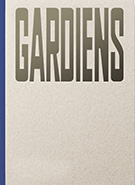
Gardiens
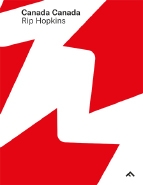
Canada Canada
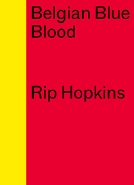
Belgian Blue Blood

Chevaleresque

Sept fois à terre, huit fois debout

Un âge de Fer et de Béton
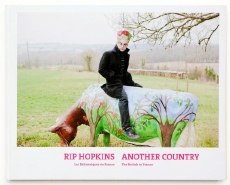
Another Country
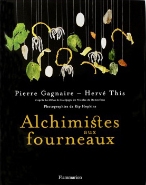
Alchimistes aux fourneaux
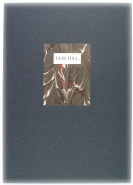
Clee Hill and Other Sculptures
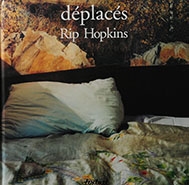
Déplacés
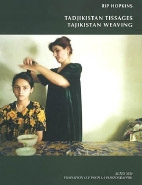
Tadjikistan tissages

Nimulé

Plumassiers

Gardiens
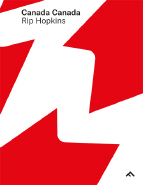
Canada Canada
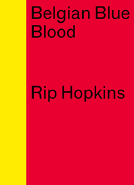
Belgian Blue Blood
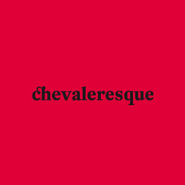
Chevaleresque

Sept fois à terre, huit fois debout

Un âge de Fer et de Béton
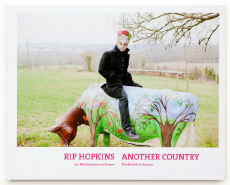
Another Country

Alchimistes aux fourneaux
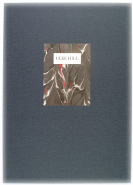
Clee Hill and Other Sculptures
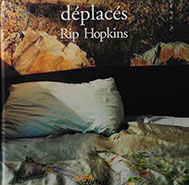
Déplacés
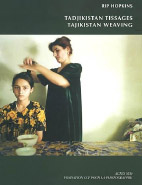
Tadjikistan tissages

Nimulé

Plumassiers

Gardiens

Canada Canada

Belgian Blue Blood

Chevaleresque

Sept fois à terre, huit fois debout

Un âge de Fer et de Béton

Another Country

Alchimistes aux fourneaux

Clee Hill and Other Sculptures

Déplacés

Tadjikistan tissages

Nimulé
AWARDS

Ladurée Award
For his series “Alchimistes aux fourneaux (Cooking Alchemists)”
2007
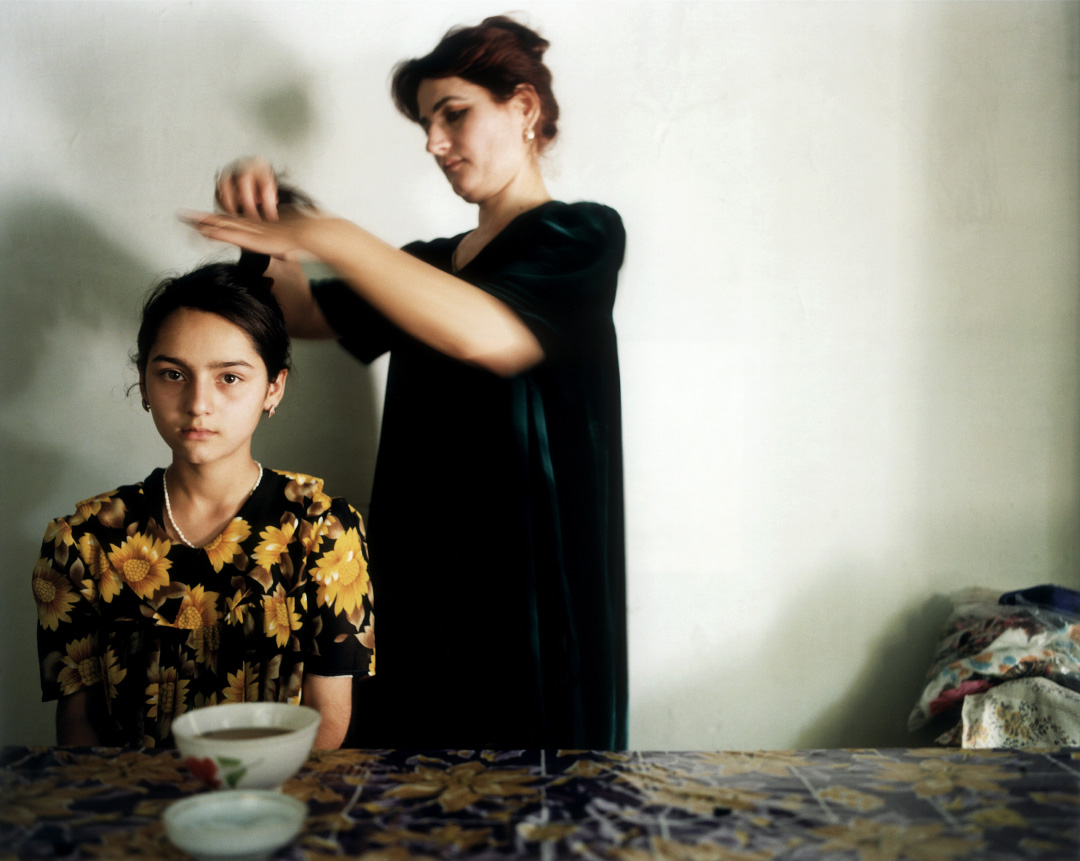
HSBC Award
For his series “Tadjikistan, tissage”
2002
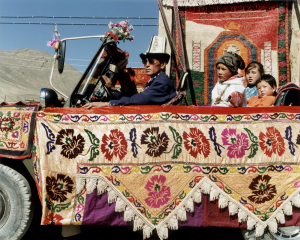
Fondation Jean-Luc Lagardère Grant
For his project” Tadjikistan ethnic group”
2000
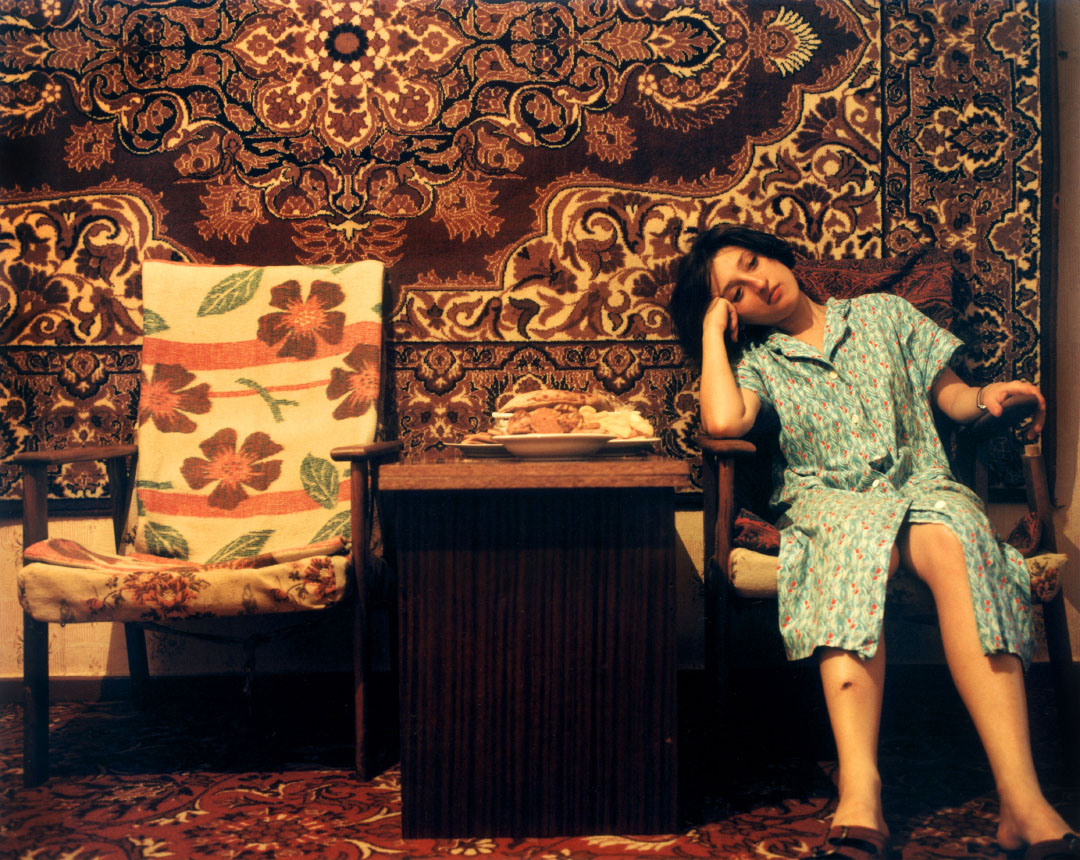
Observer Hodge Award
For his series “Tadjikistan, tissage”
1997
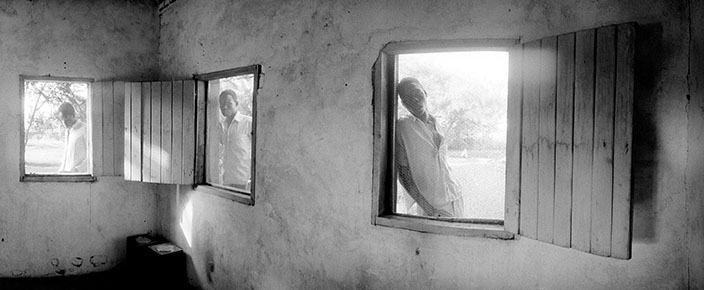
Monographies Award
For his book “Nimulé” published by Filigranes
1997
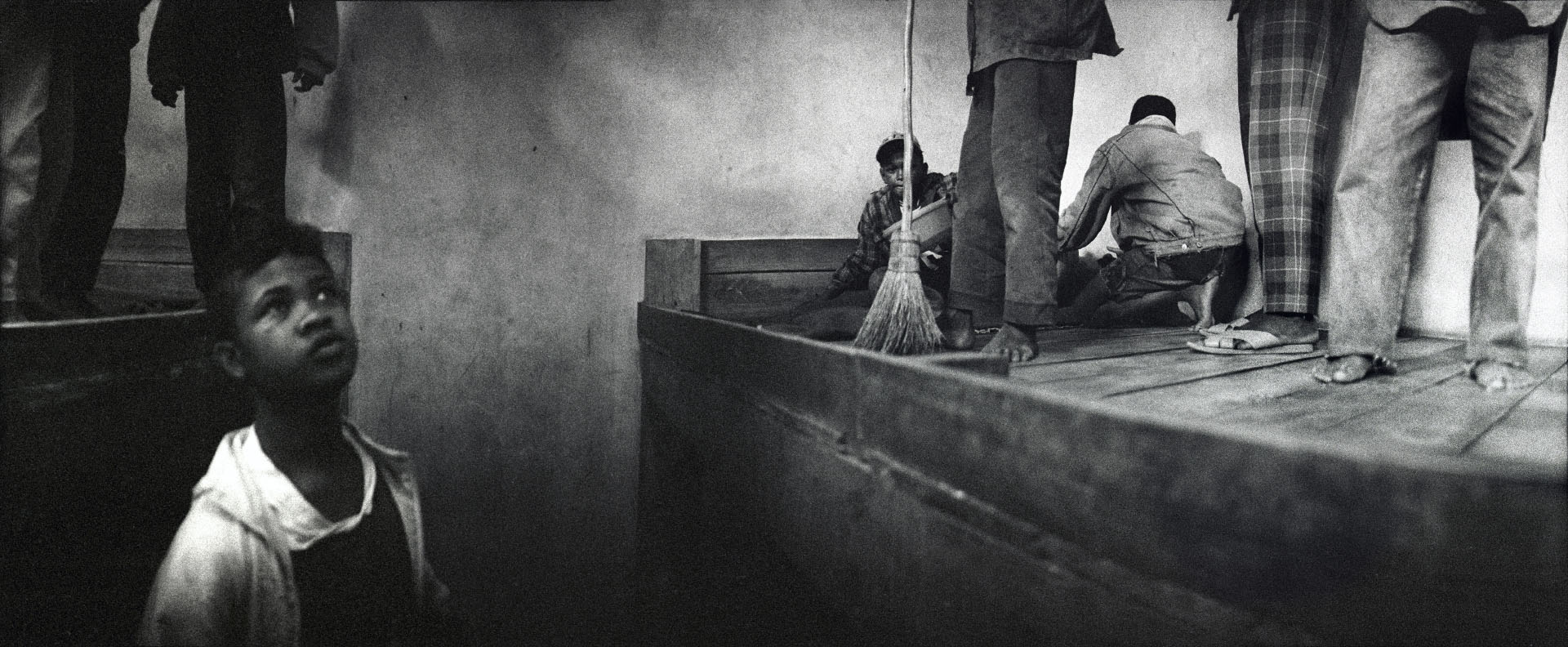
Kodak Young Photoreporter Award
For his report “500 coups”
1997
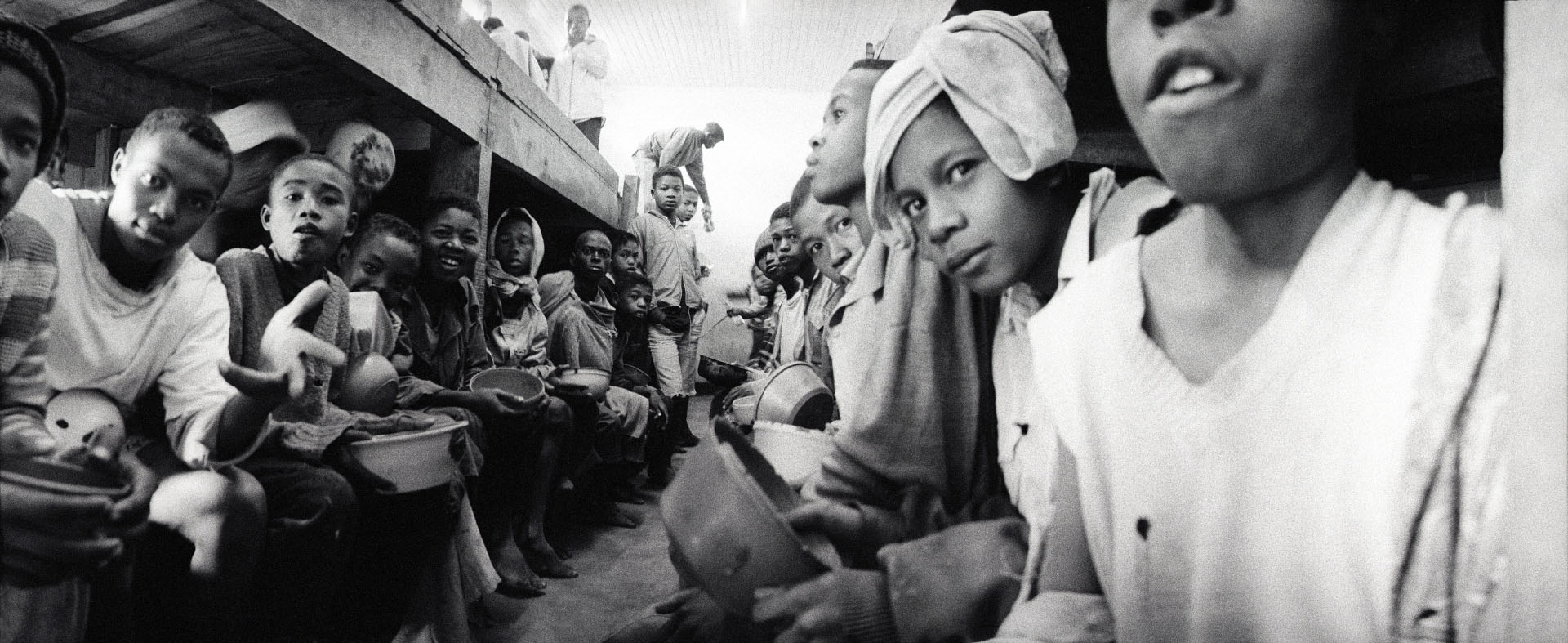
Black & White Ilford Jury’s Award
For his series “500 coups”
1996
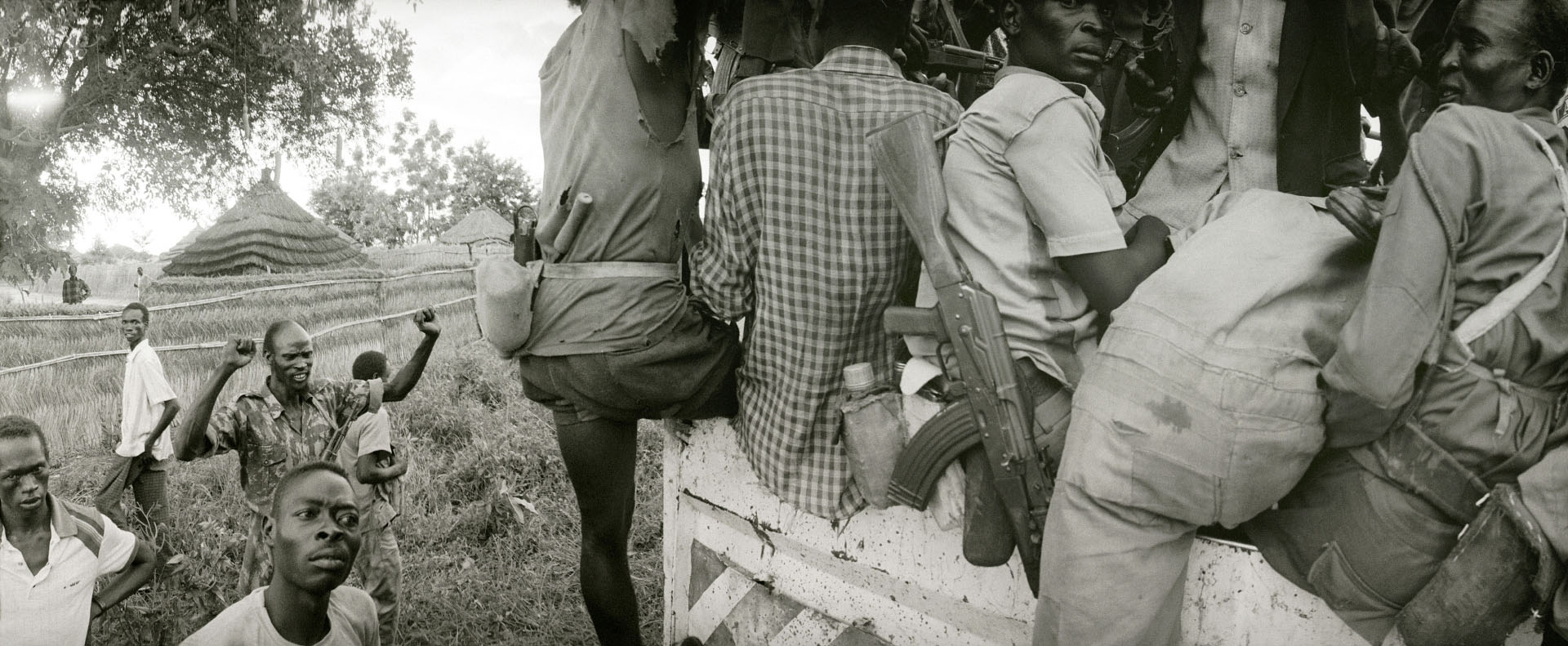
Black & White Ilford Jury’s Award
For his series “Nimulé”
1994
